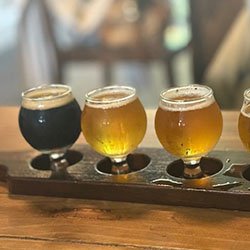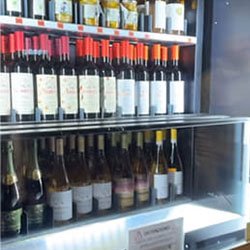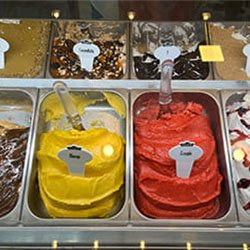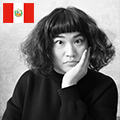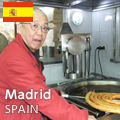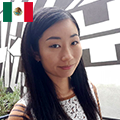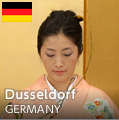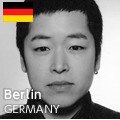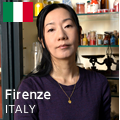They’re nuts that come from a wild tree that only grows in the Amazon rainforest. The nuts are actually the seeds of the tree, which is called Castanheira-do-Brasil (Bertholletia excelsa). It can live some 500 years, growing to an impressive height of 50 meters with a trunk two meters in diameter. It grows straight and tall, branching out only at the top. It’s a majestic and impressive tree even at a distance.

The spherical fruits of the tree measure 10–15 centimeters in diameter, and form after it blooms with white flowers. The round husk is hard wood, and contains 15–20 seeds measuring around 5 centimeters each. Peeling the seeds results in the edible “Brazil nut”.
Supermarkets sell peeled nuts, so all you have to do is buy them and eat them. But the tough husks don’t crack open naturally, so getting into them is difficult work.
To harvest the nuts, people start by collecting the husks that have fallen to the ground. They fall from up to 50 meters high, so the people collecting them wear helmets for safety.
Of course nobody is going to climb up a massive 50-meter tree. People use a large knife or small hatchet to crack open the husks, and they have to be careful not to damage the seeds when they do. Once the husks are cracked open, the seeds inside can be removed. Each of the seeds has a coating that is also hard and difficult to peel off by hand. I was holding my breath watching the processors peel each one with a knife, sure that they were about to slice themselves.


Brazil nuts are large at around 4 centimeters in size, and contain unsaturated fats that apparently help lower cholesterol. They are also rich in vitamin E, selenium, omega fatty acids, and minerals, which I hear makes them a kind of beauty food.

Raw Brazil nuts have a short shelf life, so they’re not available outside the areas where they’re harvested. The roasted nuts are typically what’s sold in stores. They’re good on their own, or chopped and added to yogurt, ice cream, or fruit as a topping. They don’t have a distinctive flavor like peanuts or walnuts—more like a richness and subtle sweetness. They’re so mild that you may not notice much of a flavor at all when you first try them. Something like a giant macadamia nut with an even more subtle sweetness, I guess? The mellow richness is more apparent the more you chew them.
Brazil nut oil is used as a cosmetic ingredient, and is said to have moisturizing and anti-aging effects when added to hand creams. It’s also gaining traction as a food ingredient.

There is an animal called the agouti that splits the husks, removes the seeds, and eats them, hiding the rest in the ground where they sometimes sprout. Some reports say that the survival of the trees is being threatened now that humans are harvesting so many of the fruits, which is unfortunate. Perhaps in response to this, a law was passed in 2006 preventing people from cutting down the trees.
When I went to the Amazon rainforest, I saw the massive Brazil nut trees growing straight and high, more than twice the size of the trees around them, and I remember being able to spot them even from great distances. I also remember not being able to fit them in a single photo once I got close.













